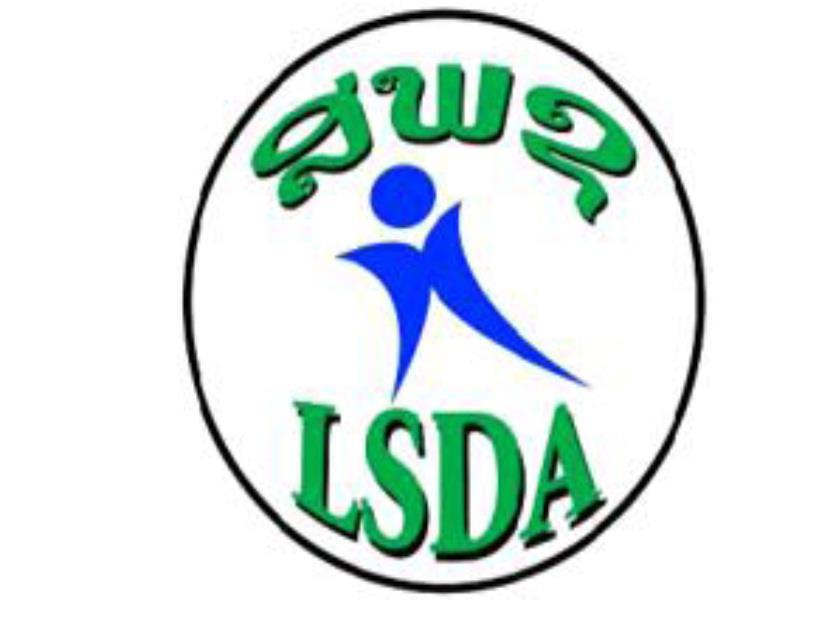LSDA
- Education & Sports
- Attapeu ,
- Bokeo ,
- Bolikhamxay ,
- Champassak ,
- Houaphanh ,
- Khammouane ,
- Luang Namtha ,
- Luang Prabang ,
- Oudomxay ,
- Phongsaly ,
- Salavan ,
- Savannakhet ,
- Sekong ,
- Vientiane Capital ,
- Vientiane Province ,
- Xaisomboun ,
- Xayaboury ,
- Xiengkhouang
Vision
To help children and youth, especially in rural communities, grow through learning inside and outside of school, and to support primary school teachers to have the skills to teach in creative and effective ways.
Mission
–
Main Goal
Disadvantaged children and youths in target areas have the capability and skills to lead,have a good awarness of how to conserve and preserve local wisdom and knowledge of natural resource management and are able to develop a higher quality of life.

- 020 55405203
- phoxay_lsda@yahoo.com
- https://www.facebook.com/people/Life-Skills-Development-Association/100050855336948/
Nonsaengchan Village, Xaythani District, Vientiane Capital
Year of establishment: 23 December 2010
Area of Implementation: All Provinces
Target Group: Women, Children, Youth, Elders, Ethnic groups and People with disabilities
- Attapeu ,
- Bokeo ,
- Bolikhamxay ,
- Champassak ,
- Houaphanh ,
- Khammouane ,
- Luang Namtha ,
- Luang Prabang ,
- Oudomxay ,
- Phongsaly ,
- Salavan ,
- Savannakhet ,
- Sekong ,
- Vientiane Capital ,
- Vientiane Province ,
- Xaisomboun ,
- Xayaboury ,
- Xiengkhouang
–
LSDA

Nonsaengchan Village, Xaythani District, Vientiane Capital
- 020 55405203
- phoxay_lsda@yahoo.com
- https://www.facebook.com/people/Life-Skills-Development-Association/100050855336948/
Background
- Education & Sports
- Attapeu ,
- Bokeo ,
- Bolikhamxay ,
- Champassak ,
- Houaphanh ,
- Khammouane ,
- Luang Namtha ,
- Luang Prabang ,
- Oudomxay ,
- Phongsaly ,
- Salavan ,
- Savannakhet ,
- Sekong ,
- Vientiane Capital ,
- Vientiane Province ,
- Xaisomboun ,
- Xayaboury ,
- Xiengkhouang
Gallery


